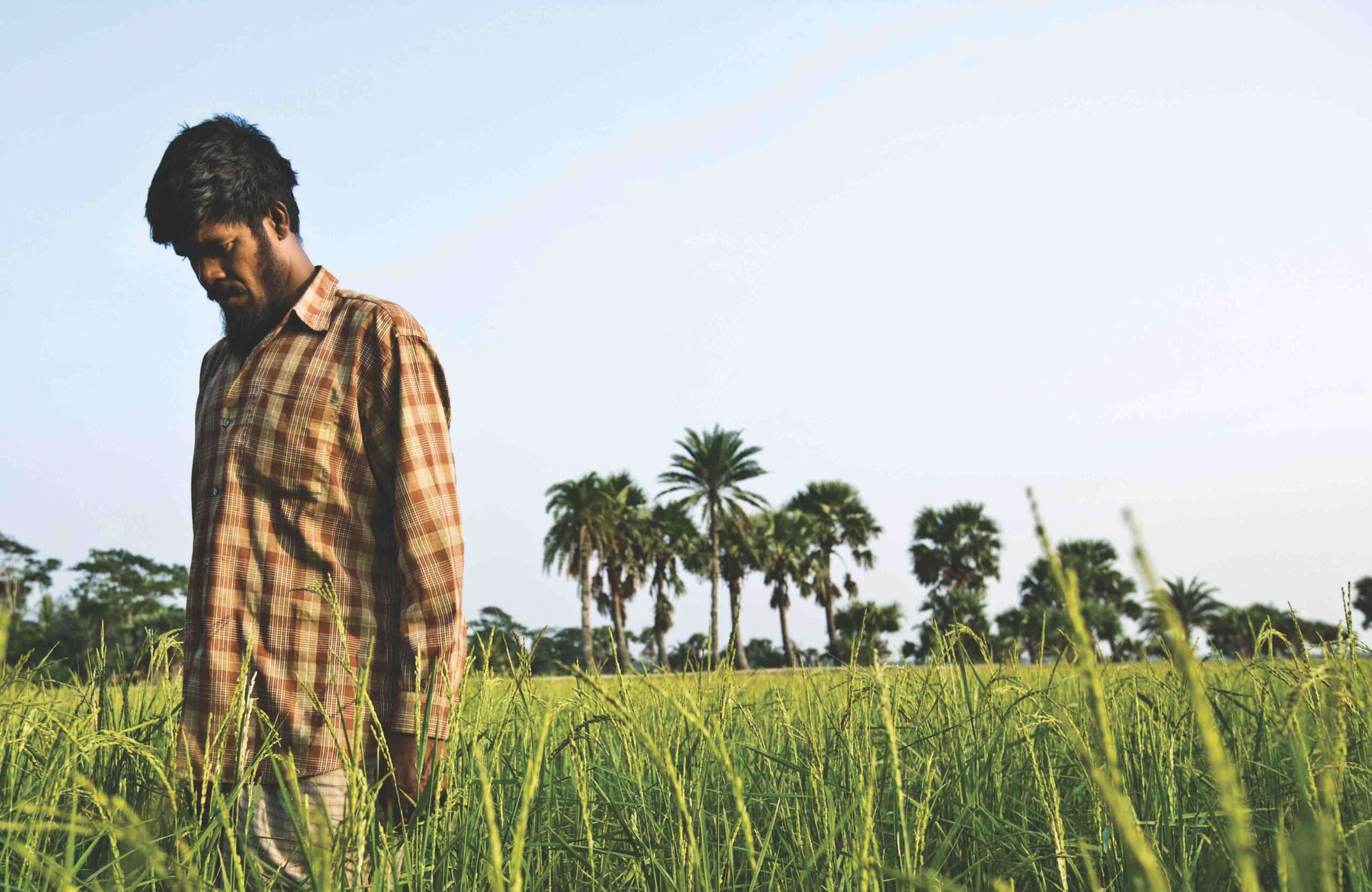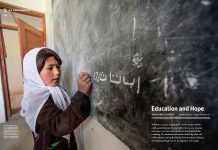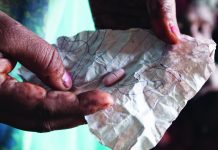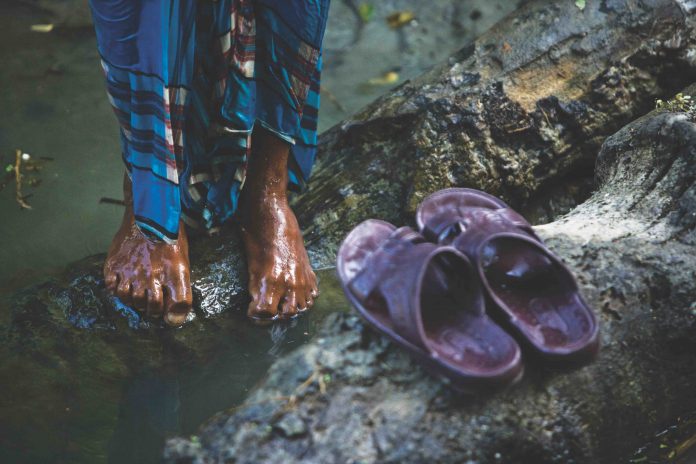
Text & photos Rodney Dekker
Recurring natural disasters threaten traditional ways of life.
On the evening of November 15, 2007, a fierce Category 4 cyclone – with peak winds of 250km/h – approached the coast of Bangladesh from the Bay
of Bengal.
“I was roused from my sleep by the cyclone shaking my house,” says Abdul Kuddus Munshi, a small-scale rice farmer in Padma. Abdul describes how his house, livestock and rice field were decimated by the cyclone. Two years on, he is still living in what he describes as “a sorry state”, forced to survive on the goodwill of others.
“After Cyclone Sidr, saltwater subsumes the (rice) field and the soil absorbs the salt. During the dry season the salt rises to the topsoil and we can’t produce anything… We don’t get the same yields we used to,” he says.
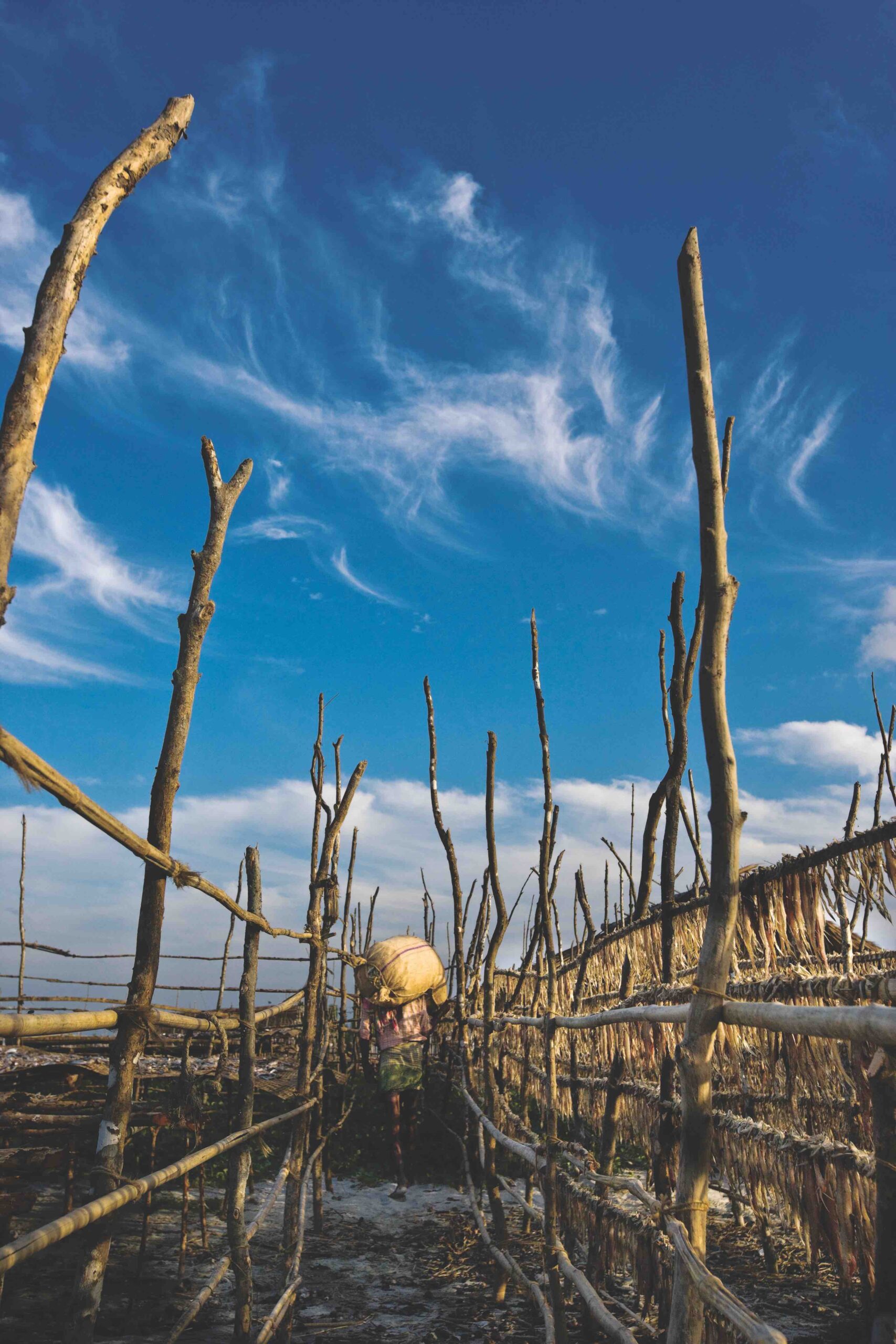
Like most farmers in southern Bangladesh, Abdul is a subsistence farmer, struggling to provide food for his family from one season to the next. When possible, he sells surplus food on the market. When times are tough, they go hungry.
Abdul’s lifestyle is not unique. It is estimated that subsistence farmers make up more than half the population of Bangladesh are. And for many, life has always been tough. But with the increased frequency of floods, cyclones and tidal surges, together with rising sea levels in the south and droughts in the north, the country has reached crisis point. It is critically vulnerable to the effects of climate change, which has become inextricably linked to poverty.
Shelters save lives
Memories of the tragedy still echo through the rebuilding efforts taking place. Across the district of Borguna, in south central Bangladesh, 17 Cyclone Emergency Centres are being built in an effort to provide shelter when the next cyclone, inevitably, hits. A shelter is being constructed at Padma and will provide a safe haven for around 1,000 people. For most of the year, the shelter will actually be used as the new primary school.
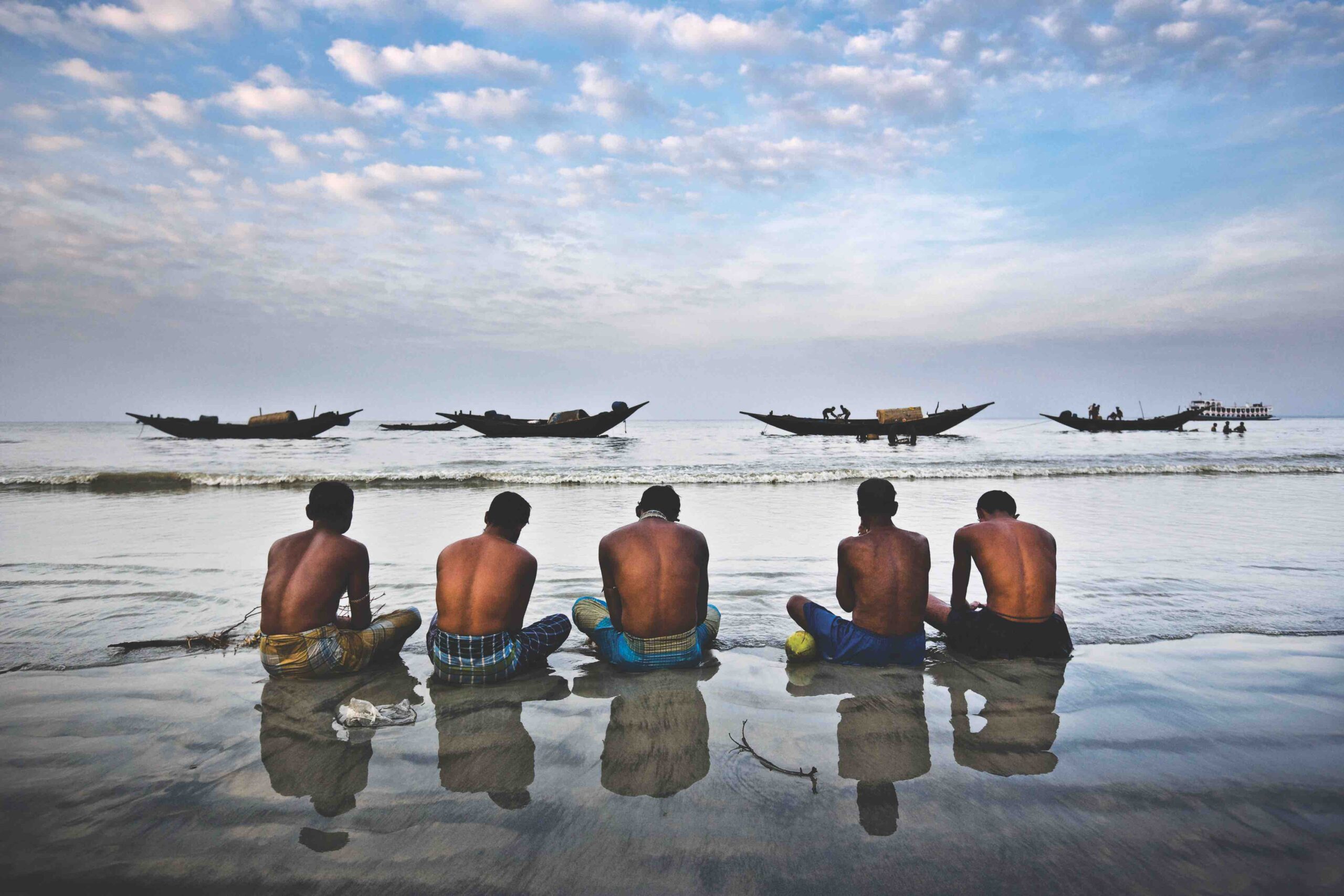
Over the past two decades, schools that double as shelters have been built across southern Bangladesh, saving countless lives. Unfortunately for 23 primary students that perished when the embankment collapsed in Padma, the shelter will arrive too late. To meet demand for such reconstruction, a brickyard began operations near Patharghata, one hour away from Abdul’s home.
Fishermen threatened
These shelters obviously can’t be built at sea, so a high percentage of fishermen are still threatened. And fishermen like Gaupadha Bis are very aware of the dangers caused by the increasingly volatile climate.
Gaupadha was fishing near Dublar Char, a remote island that sits at the southern end of the Sunderbans, facing the Bay of Bengal, when Sidr first swept into the coast. He had heard the warning signal and retreated to safety. He was one of the lucky ones. Many fishermen were lost at sea, their bodies never to be recovered.
Gaupadha and his son fish during the winter months, traditionally the safest time on the water. However, he has noticed some alarming changes in the weather. “We see the storms in winter and not many in summer…” says Gaupadha. “The storms are more frequent now. I have been doing this for 22 years, but it was never as frequent as it is now. It affects us even if there’s a little danger. The other day, I asked my son if he wanted to go out to work, but he said ‘No, the sky is bad today’.”
For the rest of this article (Asian Geographic No.74 Issue 5 /2010 ) and other stories, check out our past issues here or download a digital copy here
The 25th anniversary of the largest and longest running dive show, Asia Dive Expo (ADEX) is set to occur on the 11-14th April 2019. Centred on the theme – Plastic free Future, ADEX is more than just a dive show with its commitment to the environment. Among an exciting lineup of programs, attendees can look forward to a Future Forward Series of Panel Discussion on the Single-Use Plastic Conundrum in Asia, on 13th April.
So join us at the event, get inspired and for all you know, you might just liberate the inner diver in you! More details of the event here.


